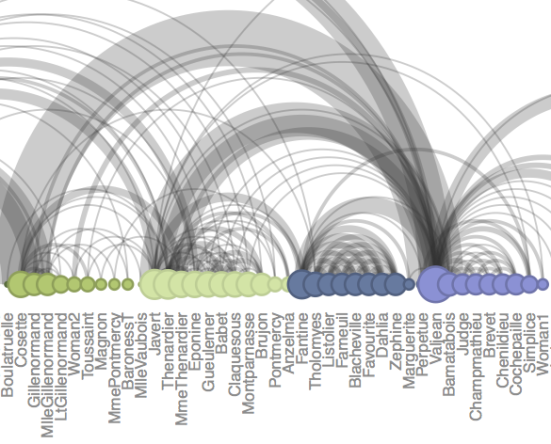2nd International Workshop on Large Scale Network Analysis (LSNA 2013)
Dates:
Submission Deadline: February 25, 2013
Acceptance Notification: March 13, 2013
Camera-Ready Submission: March 27, 2013
Workshop Date: May 14, 2013
From the website:
Large amounts of network data are being produced by various modern applications at an ever growing speed, ranging from social networks such as Facebook and Twitter, scientific citation networks such as CiteSeerX, to biological networks such as protein interaction networks. Network data analysis is crucial to exploit the wealth of information encoded in these network data. An effective analysis of these data must take into account the complex structure including social, temporal and sometimes spatial dimensions, and an efficient analysis of these data demands scalable solutions. As a result, there has been increasing research in developing scalable solutions for novel network analytics applications.
This workshop will provide a forum for researchers to share new ideas and techniques for large scale network analysis. We expect novel research works that address various aspects of large scale network analysis, including network data acquisition and integration, novel applications for network analysis in different problem domains, scalable and efficient network analytics algorithms, distributed network data management, novel platforms supporting network analytics, and so on.
Topics of Interest
Topics of interest for this workshop include but are not limited to the following:
- Large scale network data acquisition, filtering, navigation, integration, search and analysis
- Novel applications for network data with interesting analytics results
- Exploring scalability issues in network analysis or modeling
- Distributed network data management
- Discussing the deficiency of current network analytics or modeling approaches and proposing new directions for research
- Discovering unique features of emerging network datasets (e.g new linked data, new form of social networks)
This workshop will include invited talks as well as presentation of accepted papers.
Being held in conjunction with WWW 2013, Rio de Janeiro, Brazil.

 This is an interview with
This is an interview with